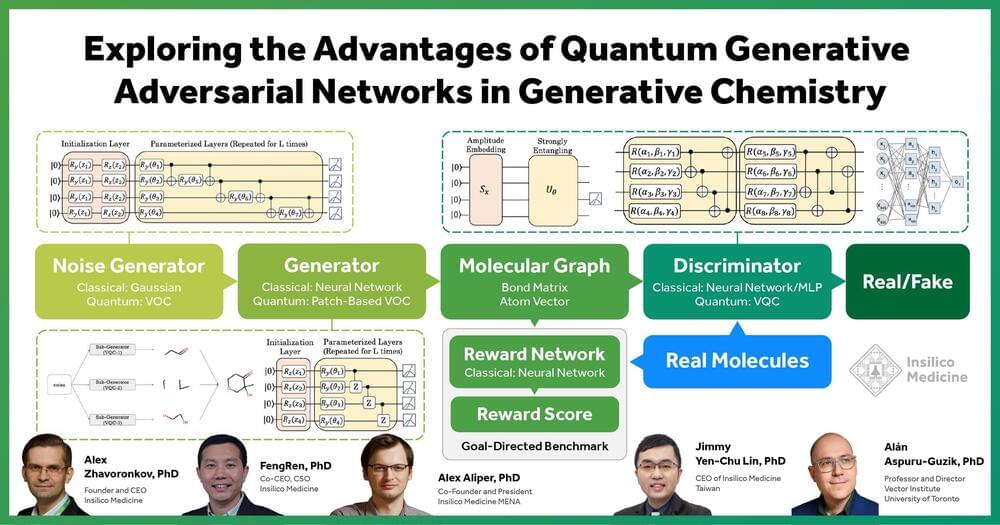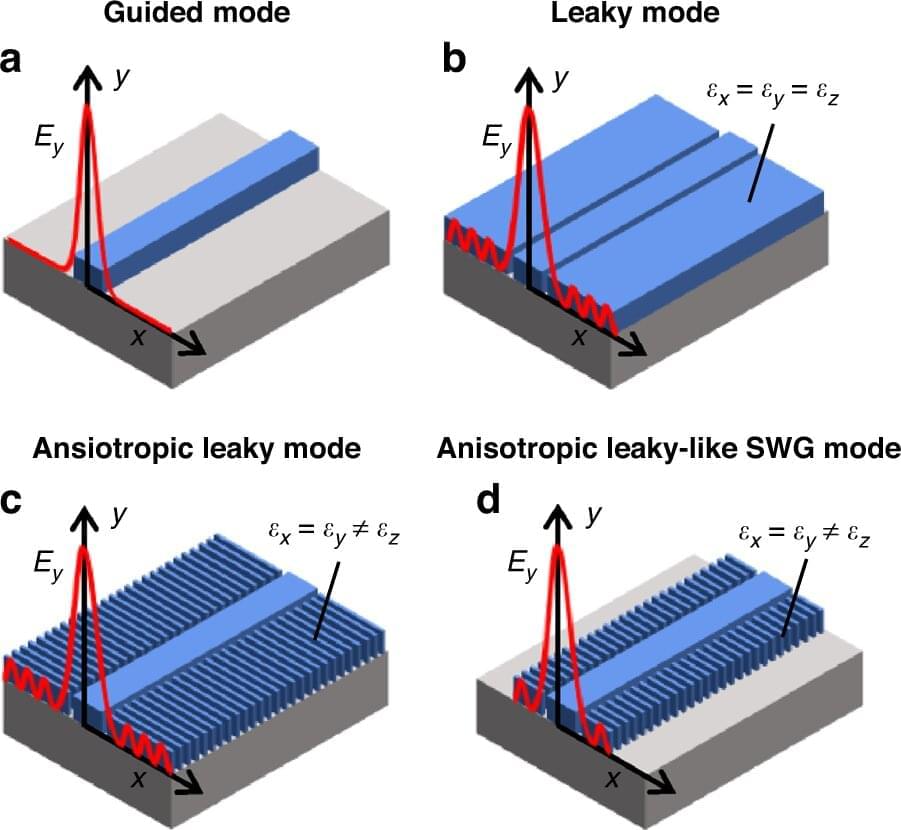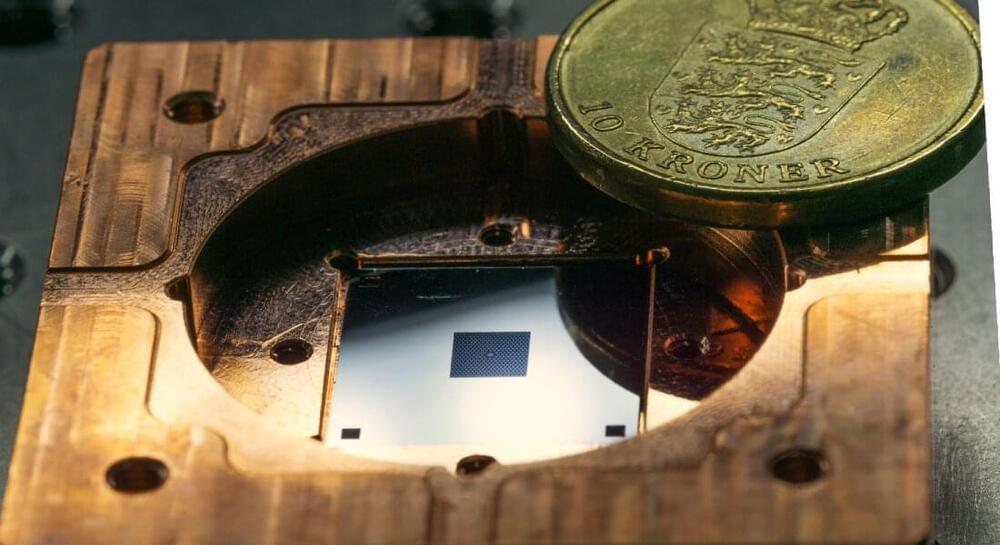Science and Technology:
Hope that they find a medicine to cure aging and turn us immortal and able to live forever still during “our” lifetime.
Insilico Medicine, a clinical stage generative artificial intelligence (AI)-driven drug discovery company, today announced that it combined two rapidly developing technologies, quantum computing and generative AI, to explore lead candidate discovery in drug development and successfully demonstrated the potential advantages of quantum generative adversarial networks in generative chemistry.
The study, published in the Journal of Chemical Information and Modeling, was led by Insilico’s Taiwan and UAE centers which focus on pioneering and constructing breakthrough methods and engines with rapidly developing technologies—including generative AI and quantum computing —to accelerate drug discovery and development.
The research was supported by University of Toronto Acceleration Consortium director Alán Aspuru-Guzik, Ph.D., and scientists from the Hon Hai (Foxconn) Research Institute.








